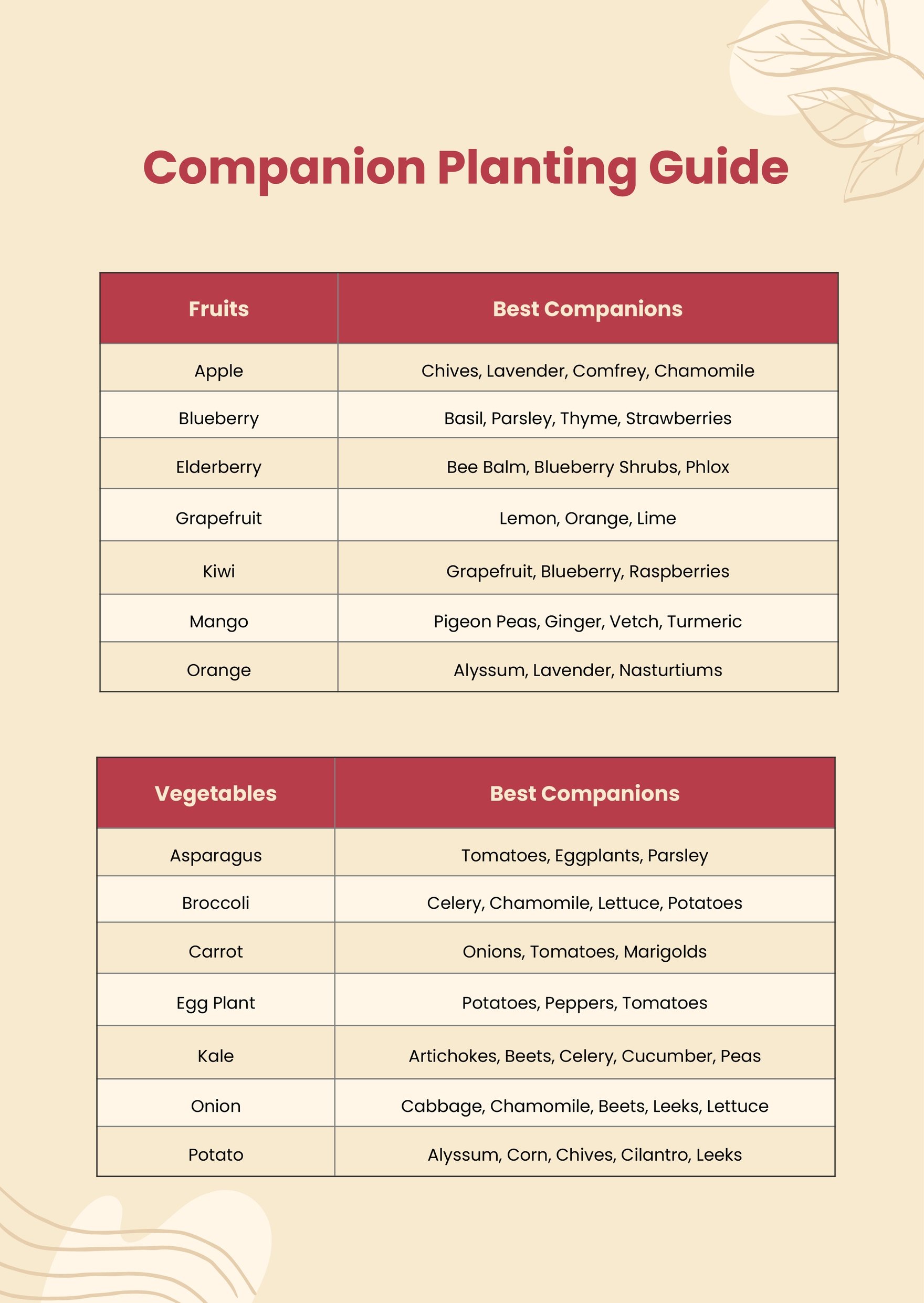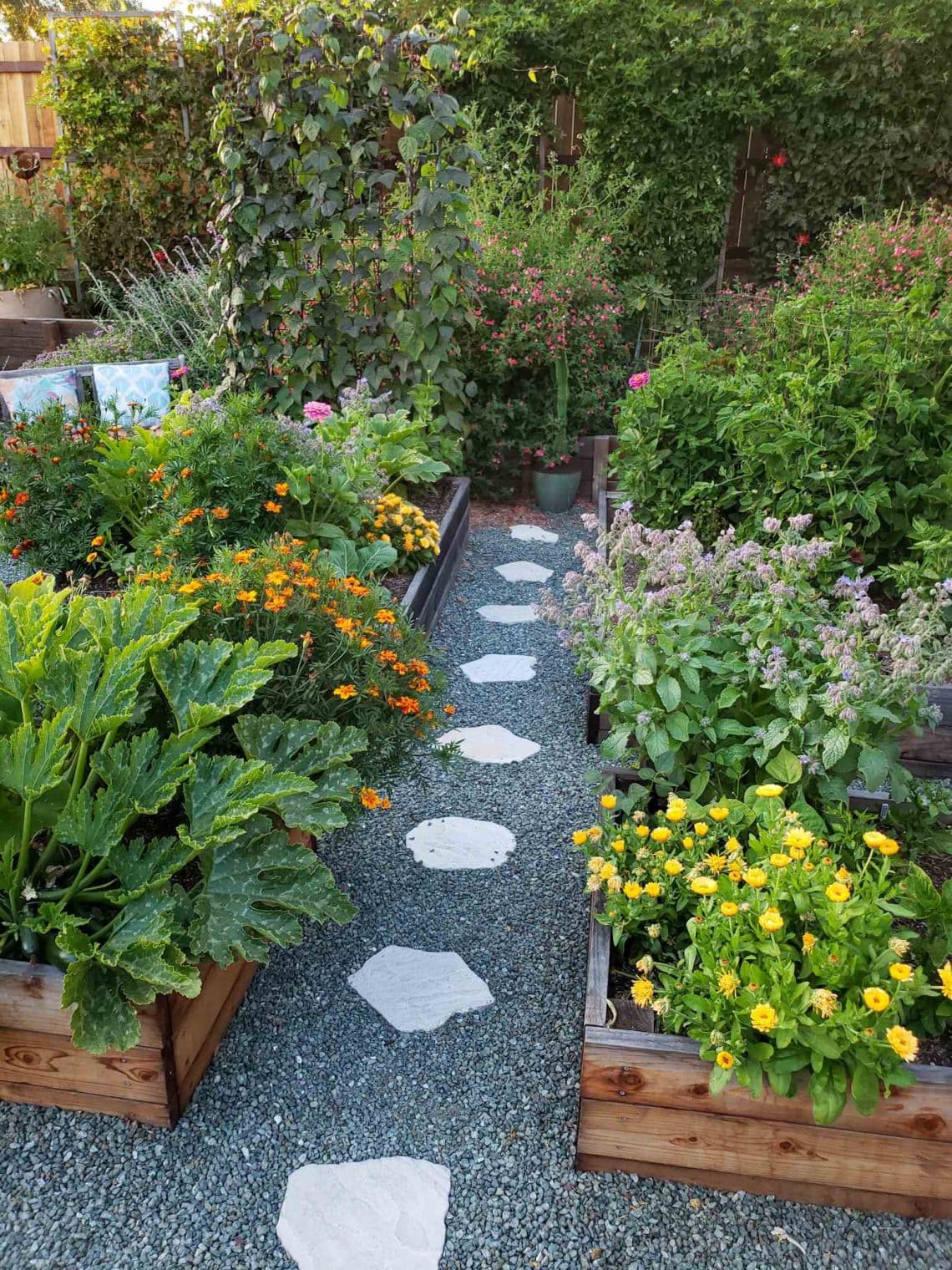Companion Planting: Maximizing the Benefits of Partnerships in Your West Coast Garden
Imagine a thriving vegetable garden, where each plant collaborates harmoniously, supporting its neighbors and enhancing the overall bounty. This is the magic of companion planting, a time-honored practice that unlocks the secrets of plant synergy.
Challenges in Gardening
Traditional gardening practices often focus on treating each plant in isolation, neglecting the profound relationships that exist between species. This compartmentalized approach can lead to nutrient deficiencies, pest infestations, and reduced yields.
The Power of Partnerships
Companion planting offers a solution, optimizing plant growth by leveraging the natural benefits of pairing compatible species. By strategically placing plants together, gardeners can harness the abilities of one species to improve the growth, health, and productivity of another.
From deterring pests and diseases to attracting pollinators and improving soil health, companion planting transforms the garden into a thriving ecosystem where the needs of each plant are met.
Understanding the Principles of Companion Planting
At the heart of companion planting lies the principle of allelopathy, the interaction between plants through the release of chemical compounds. These compounds can have positive or negative effects on neighboring plants, influencing their growth, health, and susceptibility to pests.

By understanding these interactions, gardeners can carefully select plant pairings that enhance each other’s growth. For example, planting marigolds alongside tomatoes deters tomato hornworms, while nasturtiums planted near cucumbers attract aphids away from the delicate cucumber plants.
History and Myths of Companion Planting
The practice of companion planting has roots in ancient agricultural traditions, with written records dating back to the Romans and Greeks. Over time, folklore and myths have intertwined with the science, creating a rich tapestry of planting pairings.

While some traditional companion planting practices have been supported by scientific research, others remain rooted in superstition. For instance, the belief that planting potatoes next to tomatoes improves tomato growth lacks scientific evidence.
Unveiling the Hidden Secrets of Companion Planting
Beyond the well-known pairings, companion planting reveals hidden gems that can transform the garden. By exploring the unique interactions between species, gardeners can unlock the full potential of their plants.

For example, planting dill near carrots improves seed germination and repels carrot rust flies, while interplanting beans with corn provides natural nitrogen fixation, benefiting both plants.
Recommended Companion Plantings for the West Coast
Tailoring companion planting to the specific conditions of the West Coast is crucial for success. With its diverse climates ranging from coastal to inland, gardeners can choose from a wide range of plant pairings.

For instance, in coastal areas where fog and moisture are prevalent, planting asparagus with rosemary can enhance asparagus growth by deterring pests. In inland valleys, companion planting tomatoes with basil improves tomato flavor and repels insects.
Companion Planting for Disease and Pest Management
Companion planting offers powerful natural solutions for managing diseases and pests in the garden. By strategically pairing plants with pest-repellent properties or disease-suppressing traits, gardeners can reduce the reliance on chemical interventions.
For instance, planting garlic or onions near roses helps deter aphids, while nasturtiums planted around brassicas act as a sacrificial crop, attracting pests away from the main crop.
Tips for Effective Companion Planting
To maximize the benefits of companion planting, consider the following tips:

- Plant timing: Pay attention to the planting times of different species to ensure they receive optimal support at the right growth stages.
- Vertical gardening: Utilize vertical space by planting climbers like beans or peas alongside taller plants, optimizing sunlight exposure and providing support.
- Succession planting: Plan for succession planting to keep the garden productive throughout the season, interspersing fast-growing and slow-growing species.
Companion Planting for Pollinator Attraction
Companion planting can also enhance the garden’s biodiversity by attracting pollinators, essential for fruit and vegetable production. By incorporating flowering plants that bloom at different times of the year, gardeners can create a continuous source of nectar and pollen for bees, butterflies, and other pollinators.
Fun Facts about Companion Planting
Beyond its practical benefits, companion planting offers a unique perspective on plant relationships. Here are some fun facts to ponder:

- Plant communication: Plants can communicate with each other through chemical signals, alerting neighboring plants to potential threats or favorable conditions.
- Plant alliances: Certain plant species form symbiotic relationships, sharing resources and providing mutual benefits.
- Underground networks: Plants can connect with each other through underground networks of fungal hyphae, facilitating nutrient exchange and communication.
Conclusion on Companion Planting: Maximizing the Benefits of Partnerships in Your West Coast Garden
Companion planting is an ancient practice that has been refined and expanded upon over centuries. By embracing the principles of allelopathy, gardeners can unlock the natural synergy between plants, creating a more productive, resilient, and sustainable garden.

From deterring pests and diseases to attracting pollinators and improving soil health, companion planting transforms the garden into a thriving ecosystem, where each plant plays a vital role in the overall success of the community.
